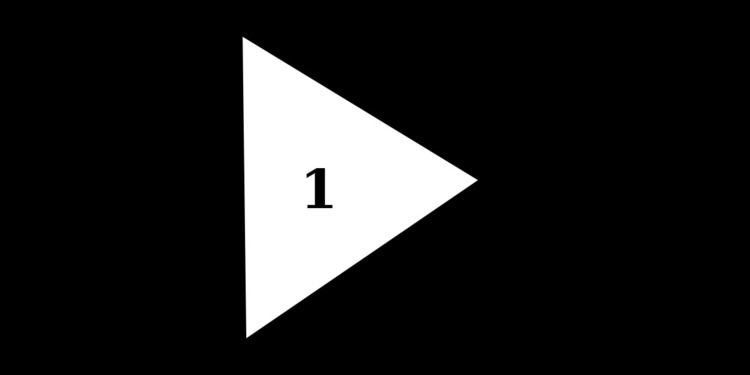 | ||
A digital buffer (or a voltage buffer) is an electronic circuit element that is used to isolate the input from the output, providing either no voltage or a voltage that is same as the input voltage. It draws very little current and will not disturb the original circuit. It is also called as unity gain buffer or a because it provides a gain of 1, which means it provides at most the same voltage as the input voltage, serving no amplification function.
Contents
- Functionality
- Category
- Inverting Buffer
- Non Inverting Buffer
- Tri State Digital Buffer
- Active High Tri state Digital Buffer
- Active Low Tri state Digital Bufferedit
- Application
- References
A voltage buffer has a very high input impedance(the opposition to current flow viewed from the load). The high input impedance is the reason voltage buffer is used. A circuit with a voltage buffer will always draw a little amount of current because of the high input impedance of the buffer. As a result, the power source will not be affected.
The digital buffer is important because it can control the on and off of data transmission, which is used widely in the world of registers(sophisticated data storage device) and buses(data transferring device). A typical digital buffer that is used to control multiple data inputs written onto a bus is a Tri-State Digital Buffer, which controls the data flow by "tri-state" pins.
Functionality
A digital buffer serves to transfer a voltage from a circuit that has a high output impedance level, to a second circuit with a low input impedance level. If we have a power source and a low impedance(resistor) load without a buffer, according to ohm's law(voltage is equal to current times resistance), a huge amount of current is drawn from the source. As a result, huge amounts of power is drawn by the power source, which causes high disturbances. A voltage buffer always has a very high input impedance, approaching infinity; as a result, no matter what value the load impedance is, the source voltage will be totally spanned on the buffer impedance(because of Ohm's law); the voltage across the buffer impedance is the input voltage. Because the resistance is infinity, the circuit will draw very little current, and will not disturb the original circuit. Because the output current is generated by the voltage source via buffer, the buffer acts as a barrier between the source and load, thus preventing the load resistance affecting the source network.
Category
Inverter
Inverting Buffer
This kind of buffer produces the state opposite to the input. If the input is high, the output is low and vice versa. Graphically, it is often represented as a triangle with a small circle attaching to the tip. The inverter is a basic building block in digital electronics, decoders, state machines, and other sophisticated digital devices may use inverters.
Non-Inverting Buffer
non inverting digital buffer This kind of buffer performs no inversion or decision-making possibilities. A single input digital buffer is different from an inverter. It does not invert or alter its input signal in any way. It reads an input and outputs a value. Usually, the input side reads either HIGH or LOW input and outputs a HIGH or LOW value, correspondingly. Whether the output terminal sends off HIGH or LOW signal is determined by its input value. The output value will be high if and only if the input value is high. In other words, Q will be high if and only if A is HIGH.
Tri-State Digital Buffer
tri-state buffer Unlike the single input digital buffer which has only one input, Tri-state digital buffer has two inputs: a data input and a control input. (A control input is analogous to a valve, which controls the data flow.) When the control input is active, the output value is the input value, and the buffer is not different from the single input digital buffer.
Active High Tri-state Digital Buffer
Active high Tri-state digital buffer is a buffer with control input high as an active state.
In=0 En=0
When the data input is nothing and the control input is open, the output value will be "Z", which means no current and high impedance. Both the data and the control input are inactive; the buffer shuts down.
In=0 En=1
Data input is nothing but control input is active. The output value will be "Z", the impedance is approaching infinity. Although we allow the data transmission by turning on the control input, we don't have data coming in because of the infinite resistance.
In=1 En=0
Data input is active but control input is inactive. The output value is 0, which means no current.> Although we input something, the control valve prevents the input from going out.
In=1 En=1
Both data input and control input is active. The output value will be 1 and current will flow through the element. In this case, the input data is sent to the output.
Active Low Tri-state Digital Buffer[edit]
It is basically the same as active high digital buffer except the fact that the buffer is active when the control input is at a low state.
Application
Single input voltage buffers are used in many places for measurements including:
Tri-state voltage buffers are used widely on buses, which allows multiple devices communicate with each other. A bus can only read one data input from a device at one time, and that is when a tri-state buffer is applied. A Tri-state buffer, with its control input, can prevent a bus from reading excessive input.
